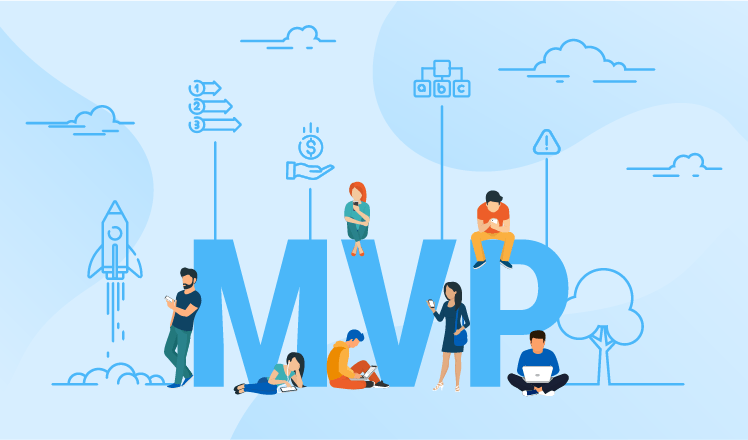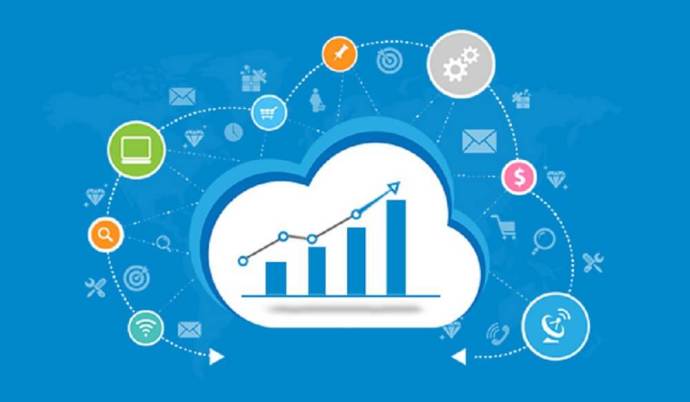How Much Does AI App Development Cost In 2025?
As artificial intelligence becomes increasingly integrated into mobile and web applications, businesses across industries are considering AI-driven solutions to stay ahead of the curve. This article provides a clear, professional overview of what influences the cost of developing an AI-based app in 2025, offering insight to help you budget efficiently and plan strategically.
AI app development cost
Factors influencing
Type of AI application
-
Chatbots and virtual assistants: $10,000 to $50,000 depending on language support, NLP features, and user interactions.
-
Predictive analytics tools: $40,000 to $150,000 based on industry-specific algorithms and real-time data processing.
-
Image or voice recognition apps: $60,000 to $200,000 due to the high level of computational power and model training required.
Data volume & processing
The more data an application processes and learns from, the more intricate and costly the development becomes. Custom models built on unique datasets demand significant preprocessing, annotation, and infrastructure adding to the development budget.
ML model complexity
Building a simple classification model is relatively inexpensive, whereas developing a deep learning algorithm with neural networks trained on millions of data points significantly increases costs. Pre-trained models may reduce expenses but often require fine-tuning for optimal performance.

Platform & integration
Whether the app is built for iOS, Android, or web, and how it integrates with existing business systems or APIs, can affect pricing. Seamless integration with CRMs, databases, and third-party tools involves additional planning, testing, and customization.
UI/UX design & user flow
Creating a user-friendly experience that complements AI functionalities is essential. AI interfaces may require dynamic visualizations, real-time feedback, and adaptive navigation all of which raise design and development time.

Optimize AI app expenses
Start with an MVP
Building a minimum viable product lets you validate the concept before full-scale investment.

Use pre-trained models
Leveraging open-source AI frameworks like TensorFlow or PyTorch reduces development time and costs.
Choose experienced developers
Partnering with a skilled AI development team ensures accurate scoping, minimizing costly revisions.

Automate testing
Continuous integration and automated testing reduce bugs and speed up the release cycle.

Plan for scalability
Building with scalability in mind from the beginning helps avoid rework as your user base grows.

Conclusion
Understanding these cost factors allows businesses to allocate resources effectively and partner with the right development teams. If you’re planning to build an AI-powered application, careful budgeting and strategic planning will ensure a successful, scalable solution.
